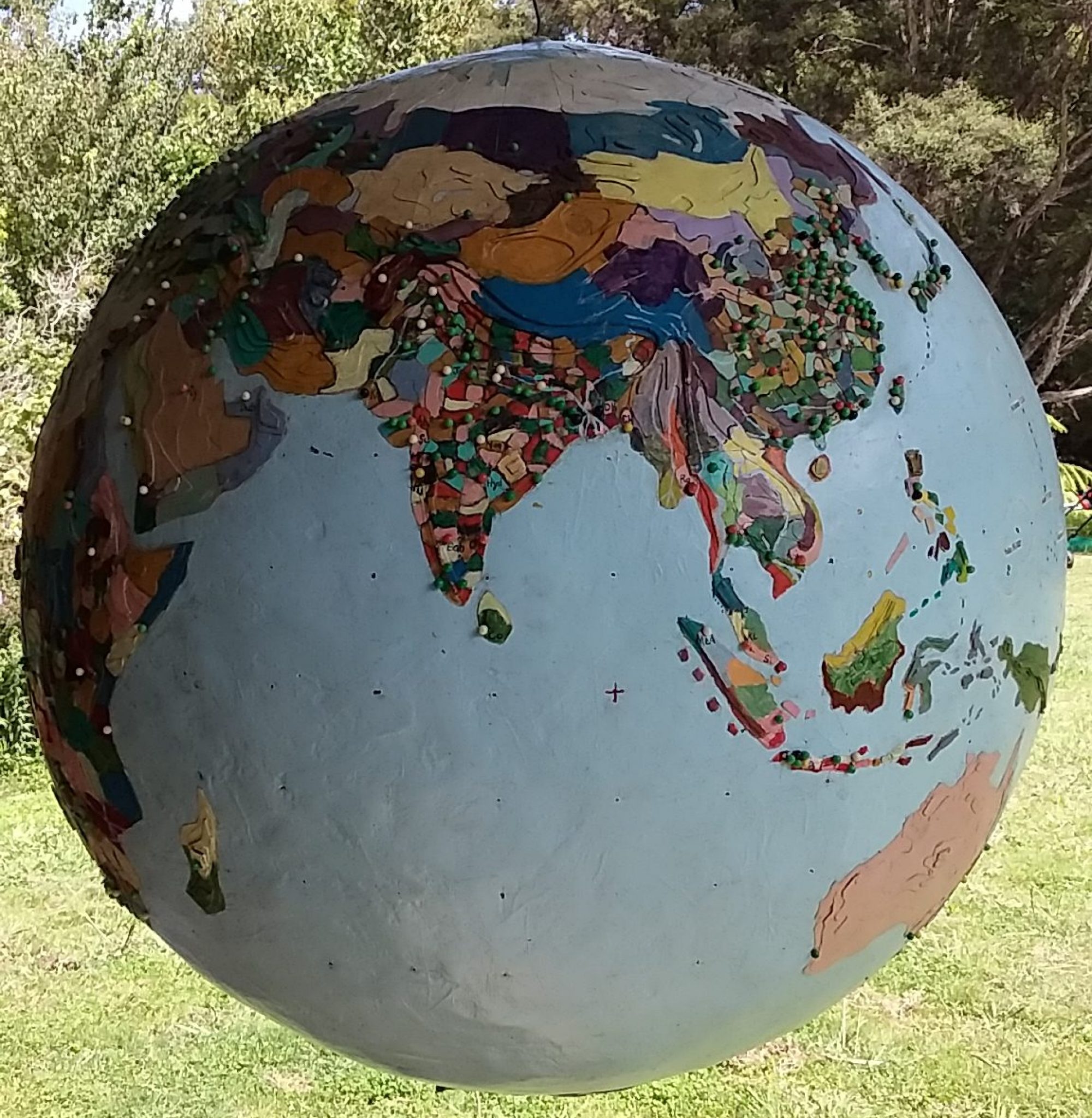millisphere (noun): A discrete region with 1000th of the total world population, around 7 million people. A lens through which to study human geography.
Singapore (population 5.7 million) has long fascinated academic geographers.
This city-state went from “Third World to First World in one generation” under Lee Kuan Yew and became a town planning model for governments like China. Business-friendly and with a draconian enforcement of public order, this once British colony thrived after independence.
It seemed most Singaporeans were happy to accept limits on freedom in exchange for prosperity, and any criticism was met with crippling deformation suits. You could be charged with damaging the economic “brand name” of Singapore, whose banks now challenge Switzerland as a destination for “secret money”.
The media are tightly controlled in Singapore and newspapers must be licensed. When the Hong Kong-based Far Eastern Economic Review offended Lee Kuan Yew during the Asian economic crisis, the number of copies it was licensed to sell in Singapore was reduced to one, and that was to be delivered to the Singapore National Library.
It is not surprising to learn that centrally-planned Singapore has a stated population goal of 7 million by the year 2030.
A perfect millisphere — except by then a millisphere will contain around eight million humans.
The island of Singapore (land area about the size of Lake Taupo) is the largest of over 3000 islands of the Riau archipelago — which I will call the millisphere of Singapore/Riau (population 7.6 million).
All the other islands are Indonesian except for some of the remotest in the South China Sea, which are claimed by China.
In 2005, the shipping lane through the millisphere of Singapore/Riau was declared a “war zone” by Lloyd’s of London because of the large number of ships hijacked as they passed from the Malacca Strait to the South China Sea. While the “pirates” climbing on to oil-tankers with bamboo ladders were poor Indonesian fishermen, the big fish running the operation were from the air-conditioned towers of Singapore.
Just off Tanjung Pinang (where the pirates come from) is Pulau (island) Penyengat, once capital of the Riau islands and site of the palace of the sultan who originally sold Pulau Singapore to the British.
Pulau Bintan itself has a fence through the middle. North of the fence are the beach resorts and golf courses for tourists — mostly wealthy Singaporeans. The only Indonesians north of the fence are the gardeners, cooks and housemaids on these resorts.
Singaporeans south of the fence are mostly there for a touch of anarchy away from sanitised Singapore. By all accounts, Bintan — where you can see old Chinese men from Singapore drinking with under-age girls — is mild compared with the “yabba” (crystal-meth) fuelled night-life on neighbouring Pulau Batam.
Singapore is currently experiencing a demographic change — Singaporeans are putting off having children and the population is ageing.
A property boom means housing is expensive, so elderly Singaporean Malays are opting for a kampong retirement on a Riau island, while elderly Chinese are selling up and moving in with children who have established themselves in Australia.
Young workers are being brought in from Malaysia and Indonesia to work in rest-homes, malls, construction sites and Singapore’s extensive public gardens. As a consequence, Singapore is becoming more Malay and less Chinese, and Singaporean nationals now find themselves sandwiched between a highly qualified international workforce and low-paid Third World workers.
“Your civil liberties may be curtailed, but your government will respect the rule of law and will be utterly beyond reproach,” was the unwritten social contract between Prime Minister Lee Kuan Yew, who died in 2015, and his subjects.
This agreement is currently being challenged in a very public fight among his children, who are arguing about what to do with the Lee family estate.
“This is not a soap opera — we must all get back to work,” says Singapore PM Lee Hsein Loong (Lee Kuan Yew’s oldest son), trying to regain control.
Despite the carefully constructed myth of legitimacy, the Lee family may now prove just as fallible as any other member of the millisphere of Singapore/Riau.
When Fred Frederikse is not building, he is a self-directed student of geography and traveller.
